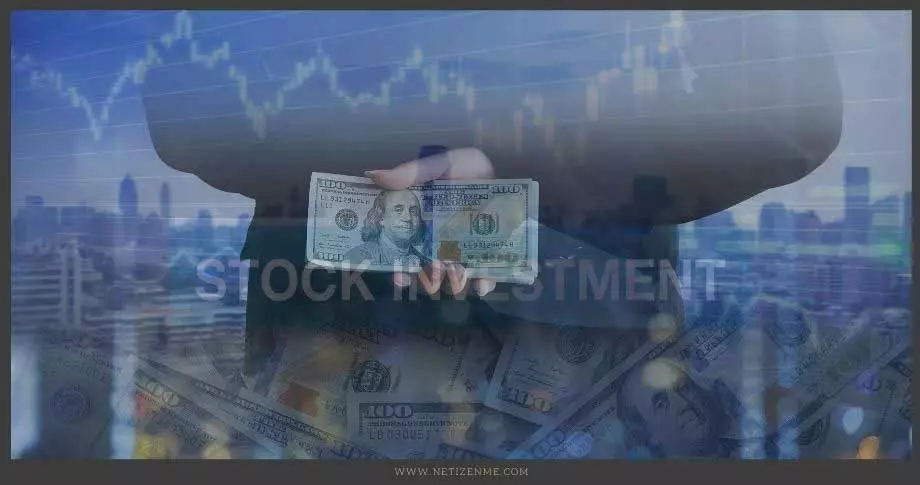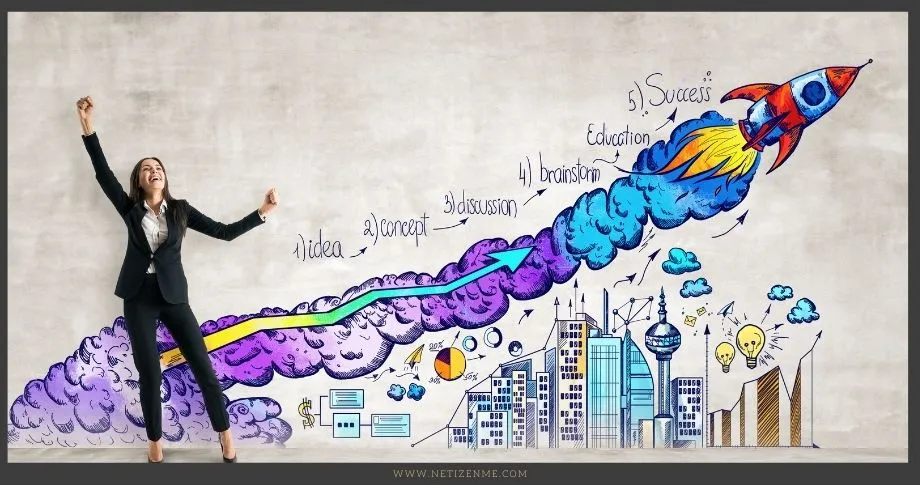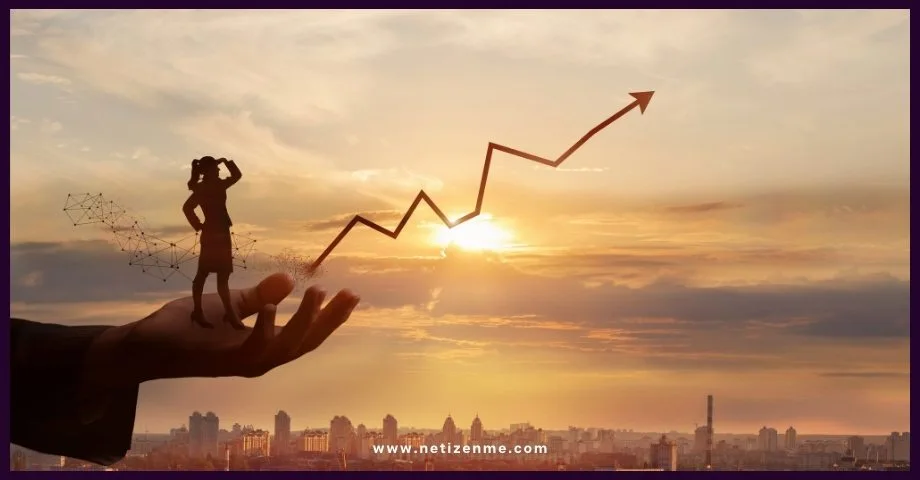Macroeconomic models serve as a valuable tool for the Federal Reserve in formulating monetary policy, analyzing the economy, and making informed decisions to promote price stability, maximum employment, and sustainable economic growth. What happens with the aggregate demand in the short run if the Federal Reserve raises interest rates in the economy?
In this article, we explore the short-run effects of the Federal Reserve’s decision to raise interest rates on key aspects of the economy. We delve into the implications for aggregate demand, price levels, GDP, and the unemployment rate, providing insights into the intricate dynamics of monetary policy and its consequences. Understanding these effects is vital for investors, policymakers, and individuals seeking a clear grasp of the economic landscape.
The Macroeconomic Model
Macroeconomic models are invaluable tools economists, and policymakers use to analyze and understand the behaviour of entire economies. These models, rooted in economic theory and empirical data, simplify complex relationships between variables such as aggregate demand, output, inflation, unemployment, interest rates, and government policies. By providing a framework for predictions and policy analysis, macroeconomic models facilitate informed decision-making and the pursuit of price stability, maximum employment, and sustainable economic growth.
Effects on Aggregate Demand: A Dampening Effect
What happens with the aggregate demand in the short run if the Federal Reserve raises interest rates in the economy?
When the Federal Reserve raises interest rates, it typically leads to a dampening effect on aggregate demand in the short run. This can be attributed to several factors. Firstly, higher interest rates increase the cost of borrowing for consumers, reducing spending on items like houses, cars, and durable goods. Consequently, consumption expenditure, a crucial component of aggregate demand, declines. Secondly, businesses face higher borrowing costs, making financing new projects or investing in capital equipment more expensive, leading to decreased investment spending. Higher interest rates can also strengthen the currency, making exports more expensive and imports cheaper, negatively impacting net exports. As a result, aggregate demand experiences a decline.
Effects on Price Levels: Downward Pressure
What happens with the price level in the short run if the Federal Reserve raises interest rates in the economy?
In the short run, a rise in interest rates by the Federal Reserve typically exerts downward pressure on price levels. This occurs through reduced aggregate demand. Higher interest rates increase borrowing costs, dampening consumer spending and business investment. Consequently, firms face lower demand for their products and services, often leading to lower prices to stimulate demand. Moreover, a stronger currency resulting from higher interest rates can make imports cheaper, reducing production costs for businesses reliant on imported inputs. This, in turn, can contribute to lower prices without sacrificing profit margins.
Effects on GDP: Dampening Growth
What happens with the level of GDP in the short run if the Federal Reserve raises interest rates in the economy?
A higher interest rate environment implemented by the Federal Reserve can dampen the level of GDP in the short run. The rationale lies in the impact on consumption, investment, and net exports. Increased interest rates raise the cost of borrowing for consumers, leading to reduced spending on major purchases. Additionally, businesses find financing new projects or expanding operations more expensive, causing a decline in investment spending. Moreover, a stronger currency resulting from higher interest rates can make exports more expensive and imports cheaper, leading to decreased net exports. As these components of GDP experience declines, overall GDP is negatively affected.
Effects on Unemployment: Potential Increase
What happens with the unemployment rate in the short run if the Federal Reserve raises interest rates in the economy?
In the short run, raising interest rates can potentially lead to an increase in unemployment. Higher borrowing costs for businesses can discourage investment and hiring, leading to a decrease in job creation. Similarly, increased consumer borrowing costs may decrease spending, adversely affecting business sales and employment prospects. Additionally, a decline in aggregate demand due to reduced consumption and investment can contribute to an economic slowdown, potentially resulting in layoffs and an increase in the unemployment rate. However, it’s important to consider that there may be lags in transmitting monetary policy effects to the labour market.
Conclusion:
Understanding the consequences of the Federal Reserve’s decision to raise interest rates in the short run is essential for comprehending the intricate relationship between monetary policy and the economy. The effects on aggregate demand, price levels, GDP, and the unemployment rate highlight the importance of carefully considering the impact of interest rate changes on various economic factors. Investors, policymakers, and individuals can navigate the economic landscape with greater awareness and make well-informed decisions by examining these dynamics.
This article is written by:
Our professional writers and editors are passionate about sharing high-quality information and insights with our audience. We conduct diligent research, maintain fact-checking protocols, and prioritize accuracy and integrity to the best of our capacity.
You can cite our articles under the author name "Netizenme"




